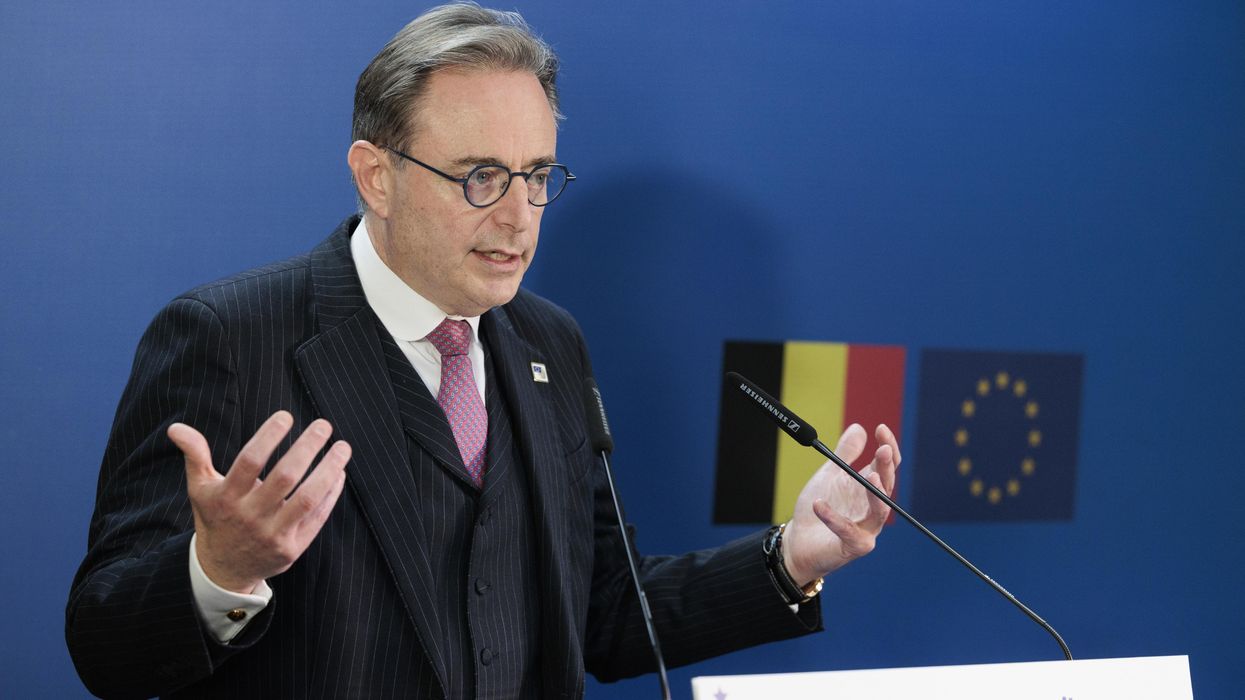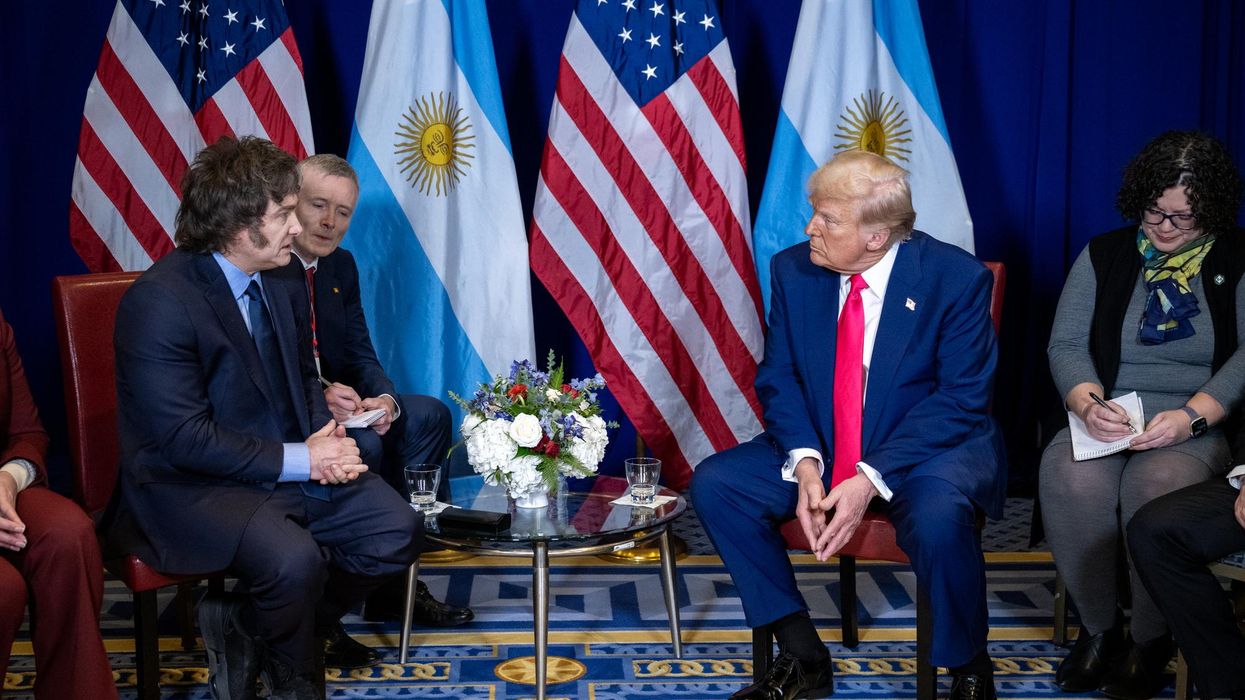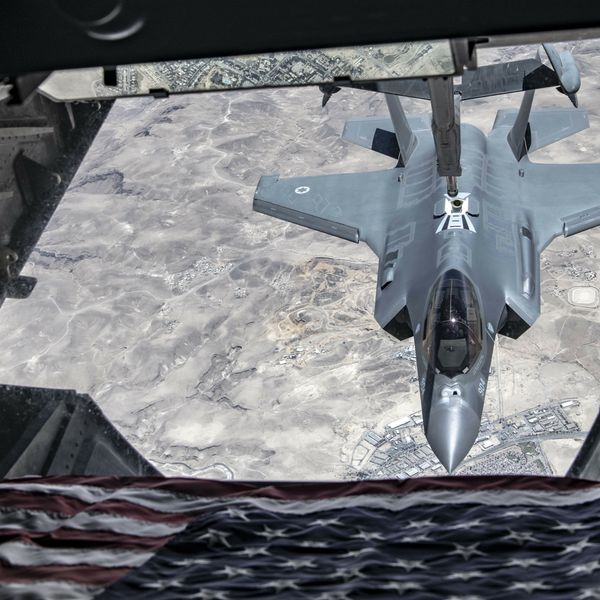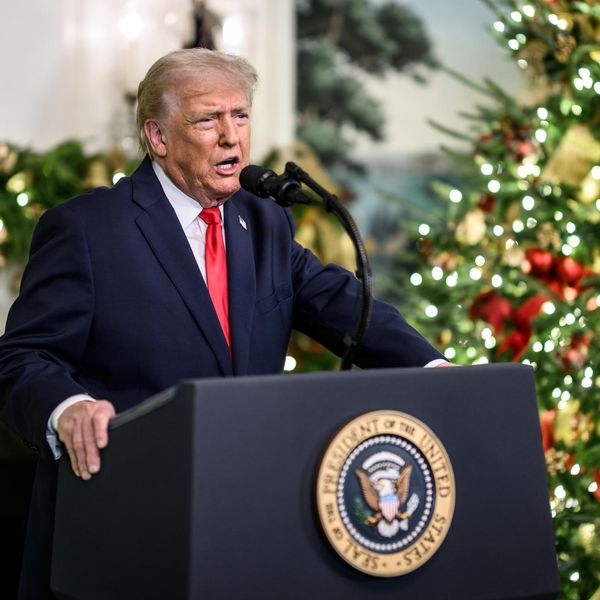As the war in Ukraine continues to take thousands of lives, distressingly little attention is being devoted to bringing it to an end.
Negotiations are stalled, and other governments are not pushing for a resumption. At some point, however, hopefully sooner than later, there will be a negotiated settlement that will need to deal with the Donbas region in Eastern Ukraine. The Donbas was the focus of Russian President Vladimir Putin’s decree he issued three days before invading recognizing the claimed separate status of the region’s two provinces.
A Russian exit could come sooner if Moscow can find a way to claim success in promoting the status of the Russian speaking population of the Donbas. The situation of the Russian speaking population in the eastern reaches of Ukraine first drew international attention in 1994, not in the Donbas, but in Crimea, a peninsula jutting out into the Black Sea.
The Conference on Security and Co-operation in Europe, which shortly thereafter was re-named Organization on Security and Co-operation in Europe, understood that the existence of clusters of Russian speakers in newly independent states on Russia’s periphery was a recipe for conflict. The situation was reminiscent of how the stranding of populations of German speakers after the World War I collapse of the German and Austrian empires helped bring about World War II. These Russians were the object of resentment as adherents of a formerly unwelcome ruler just as the Germans had been. The Conference began quiet efforts in preventive diplomacy, to convince the newly independent states to treat their Russian populations fairly.
Crimea was a particular focus of the Conference’s attention. The Conference asked three of its member states — Germany, Italy, and the United States — each to appoint an “expert on constitutional matters” to “facilitate the dialogue between the Central Government and Crimean authorities concerning the autonomous status of the Republic of Crimea within Ukraine.” I was appointed by the U.S. State Department.
The dilemma, as I shuttled back and forth between Kyiv and Simferopol, the Crimean capital, was that Crimea fell under Ukrainian sovereignty, but its population was majority Russian and saw no reason to be part of Ukraine. From the nineteenth century, Crimea was Russian, until 1954, when Soviet Communist Party Chair Nikita Khrushchev, for reasons that still have historians scratching their heads, decided to switch Crimea from the Soviet Russian republic to the Soviet Ukrainian republic.
Even after 1954, Crimea was effectively governed more from Moscow than from Kyiv. When the Soviet Union was dissolved, Crimea’s population suddenly found itself a minority in a foreign country. Ukraine accepted a need for a certain degree of self-rule, but Crimea declared independence as what it called the Crimean Republic. Over Ukraine’s objection, an election for president was called in the declared Crimean Republic, and a candidate was elected on a platform of merger with Russia. At the time, however, the Russian government was not prepared to back the Crimeans.
In meetings with Crimean authorities, I was confronted with claims for independence based on self-determination. I tried to find a way for the Ukrainian government to give enough autonomy that the Crimeans would stop demanding separation.
After a series of meetings with Ukrainian and Crimean officials, I devised a plan for full-throated autonomy for Crimea, as a treaty that could have been concluded between Ukraine and Crimea. To protect Crimea from infringement, I included international oversight to be exercised by the CSCE. My treaty went nowhere, however. The CSCE High Commissioner for Minorities, a seasoned Dutch diplomat named Max van der Stoel, told me that the Ukrainian government would not abide international oversight. He may have been correct, but the CSCE was not prepared to pressure the Ukraine government on the matter. Ukraine cracked down on the Crimean Republic, and the conflict remained unresolved. Tension simmered until 2014, by which time Russia was prepared to act to take Crimea back. Crimea was then formally merged into the Russian Federation.
A similar ethnic dynamic developed in the Donbas. There the sentiment on the part of the Russian speaking population was less for separation from Ukraine than for autonomy. In 2014, agreement between Russia and Ukraine was brokered by Germany, France, and the United States, whereby Ukraine would formalize autonomy for the Donbas. Ukraine President Volodomyr Zelensky came into office saying he would follow through on this pledge.
Now, if Ukraine does anything even close to implementing the Minsk agreement, Russia could say that the aim of its invasion has been accomplished. Any potential deal could be sweetened for Russia if Ukraine were to show flexibility on the status of Crimea. Russia would likely find some relief if then the West backed off pressuring it to return Crimea to Ukraine. President Zelensky has already floated the possibility that the two sides could arrange a process of discussion about Crimea, a process that he said could last 15 years.
For Ukraine, political reality comes into play. Ukraine is unlikely to get Crimea back, no matter how Russia’s war plays out. Ukrainians do not have the attachment that Russians have towards Crimea. A Crimea under Russia may be better for long-term stability.
As for the Donbas, it would not be difficult for Ukraine to offer more autonomy than it has to date. The Russian military assault seems to have pushed many Russian speakers in the Donbas to embrace Ukraine. They may be less demanding on autonomy than before. A renewed Ukrainian commitment on autonomy could be framed by the Russian government as a victory.
The Biden administration has shown little interest in knocking heads together to bring an end to the war. It has framed the conflict in apocalyptic terms as a battle between democracy and authoritarianism. Russian Foreign Minister Sergei Lavrov’s claim that the West is viewing the conflict as a proxy war against Russia cannot be lightly dismissed. Defense Secretary Lloyd Austin has set a long-term aim of weakening Russia. It’s reasonable to question whether the U.S. goal is less to force Russia out of Ukraine than to fight Russia to the last Ukrainian. Secretary of State Antony Blinken says that the Biden administration keeps a close eye on efforts to promote a negotiated end to the war, but the United States has definitely taken a back seat.
The situation may be ripe for a re-kindling of negotiations to end the war in Ukraine, which obviously has an incentive, given the devastation that is being wrought upon it each day. And any fly that happens to be on the wall inside the Kremlin may well be hearing Russia’s top brass tell President Putin that the war is not worth the candle.
















